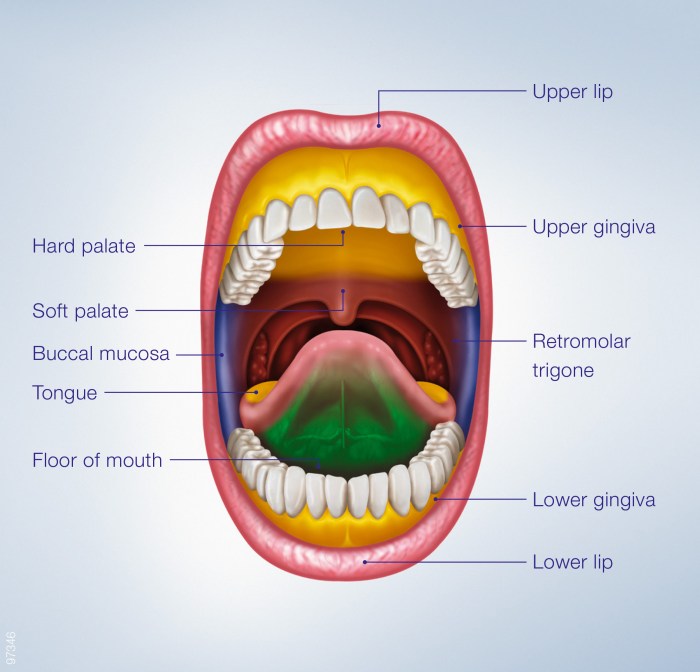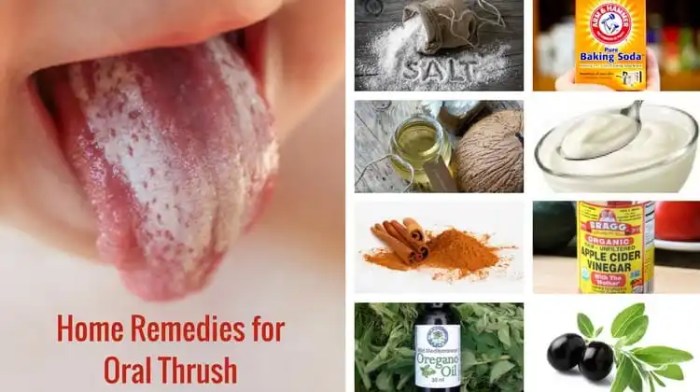What is oral cancer? It’s a serious threat to your well-being, impacting the mouth, throat, and surrounding areas. This comprehensive guide delves into the complexities of oral cancer, exploring its various forms, causes, symptoms, and available treatments. From the initial stages of understanding the disease to the latest research, we’ll navigate this challenging topic with…
Tag: oral health
Oral Thrush Home Remedies A Guide
Oral thrush home remedies offer a range of potential solutions for managing this common oral infection. Understanding the causes, symptoms, and various treatment approaches is key to effectively addressing oral thrush at home. This guide explores a variety of natural and practical methods, from dietary changes to oral hygiene practices, to help alleviate symptoms and…
OTC Dental Pain Relief A Comprehensive Guide
OTC dental pain relief is a crucial topic for anyone experiencing oral discomfort. This guide delves into various over-the-counter products, explaining their uses, ingredients, and potential side effects. From gels and sprays to tablets, we’ll explore the different types of OTC dental pain relief available, and discuss how to use them effectively and safely. Understanding…



